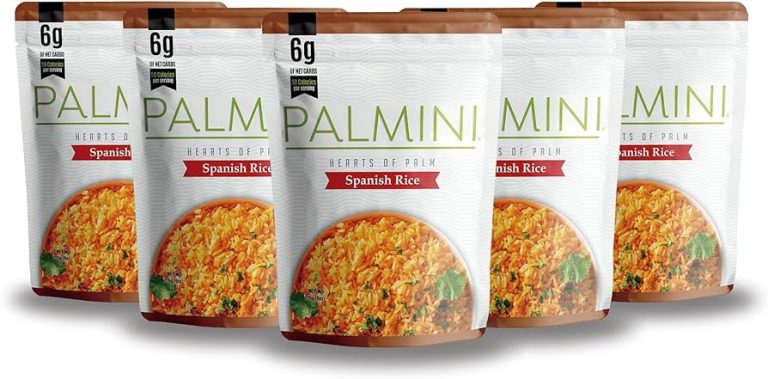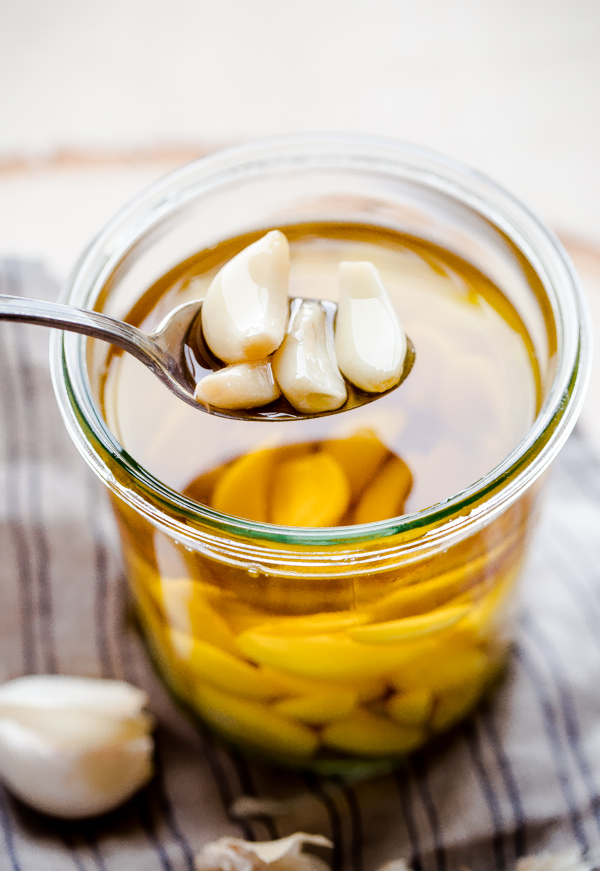Dry Rub For Ribs Or Chicken: Tips, Ingredients, and Techniques
Dry rubs consist of a blend of spices, herbs, and sometimes sugars, applied directly to the surface of meat. They differ from marinades, focusing on enhancing the natural flavors rather than masking them. A typical dry rub may include ingredients like salt, pepper, paprika, garlic powder, and brown sugar. These dry ingredients combine to form a flavorful crust during cooking, which locks in the meat’s juices, offering a succulent and tasty result. When used correctly, dry rubs can create a unique and memorable flavor profile for ribs or chicken.
The Benefits of Using Dry Rubs on Meat
Applying dry rubs to meat provides several benefits. First, they help form a crust that traps moisture inside the meat, ensuring each bite is juicy. Second, dry rubs add depth to the flavor without dominating the natural taste of the meat. Third, they don’t require lengthy preparation time like marinades, making them ideal for quick meal prep. Finally, dry rubs can easily be customized to suit your flavor preferences or dietary needs, providing versatility in your cooking options. Using dry rubs enhances both the texture and taste of ribs or chicken, elevating your BBQ experience.
Essential Ingredients in Dry Rubs for Ribs and Chicken
Common Spices Used
Paprika, black pepper, and garlic powder form the base of many dry rubs. Paprika, whether sweet or smoked, delivers a rich color and subtle sweetness or smokiness. Black pepper supplies heat and aroma, while garlic powder adds depth.
Chili powder, cumin, and mustard powder enhance these mixes. Chili powder introduces a mild kick, cumin lends earthiness, and mustard powder imparts a slight tang.
Brown sugar, often incorporated, helps caramelize the meat, balancing spicy elements with sweetness.
Optional Additives for Flavor Enhancement
Cayenne, ginger, and rosemary serve as optional additives. Cayenne introduces robust heat, ginger offers slight sweetness and warmth, and rosemary adds an aromatic pine-like quality.
Onion powder, thyme, and oregano can also be included. Onion powder gives a subtle pungency, while thyme and oregano provide earthy, herbaceous notes.
Celery seed and coriander further improve flavors. Celery seed contributes a mild bitterness, and coriander offers a citrusy undertone.
Combining Ingredients Effectively
Balancing these ingredients ensures a well-rounded rub. Measure precisely to maintain consistency. Adjust spice levels to suit your taste preferences.
How to Apply Dry Rubs for Optimal Flavor
Best Practices
Ensure you evenly coat the meat with the dry rub to maximize flavor. Use your hands to rub the seasoning mix into the meat, making sure it covers every part. For ribs, pay extra attention to the meaty parts between the bones. For chicken, ensure the rub gets into all nooks and crannies, especially under the skin if possible.
Pat the meat dry before applying the rub to help the spices stick. Excess moisture can cause the rub to slide off during cooking. If you’re using a wet brine or marinade beforehand, pat the meat dry thoroughly before proceeding with the dry rub.
Use ample pressure while rubbing the meat to ensure the spices penetrate slightly into the surface. This creates a flavorful crust, especially important for grilling and smoking.
Timing: When to Rub Your Meat
Apply dry rubs at least 30 minutes before cooking. This allows the spices to meld with the meat. For more intense flavors, you can rub the meat up to 24 hours in advance, keeping it refrigerated until cooking.
If you’re short on time, even a 15-minute application can improve flavor compared to no rub at all. Remember to bring the meat to room temperature before cooking for even cooking results.
Popular Dry Rub Recipes
Classic Barbecue Dry Rub
A classic barbecue dry rub blends common spices to create a versatile and flavorful mix. Using pantry staples, you can easily prepare this rub at home.
Ingredients:
- 1/4 cup paprika
- 1/4 cup brown sugar
- 2 tablespoons black pepper
- 2 tablespoons salt
- 1 tablespoon chili powder
- 1 tablespoon garlic powder
- 1 tablespoon onion powder
- 1 teaspoon cayenne pepper
Instructions:
- Mix all ingredients in a bowl until well combined.
- Apply evenly to ribs or chicken, ensuring thorough coverage.
- Let the meat sit for at least 30 minutes before cooking, or refrigerate for up to 24 hours for enhanced flavor.
Spicy Cajun-Style Rub
A spicy Cajun-style rub adds a kick to your ribs or chicken with its bold and zesty flavors. This rub combines heat and herbs for a unique taste experience.
Ingredients:
- 2 tablespoons paprika
- 2 tablespoons salt
- 1 tablespoon black pepper
- 1 tablespoon cayenne pepper
- 1 tablespoon oregano
- 1 tablespoon thyme
- 1 tablespoon garlic powder
- 1 tablespoon onion powder
- Combine all ingredients in a bowl.
- Rub generously onto meat, making sure every surface is coated.
- Allow the meat to rest for 30 minutes prior to cooking, or refrigerate for up to 24 hours to let the spices penetrate deeply.
These dry rub recipes elevate your grilling game by adding robust flavors to ribs or chicken, creating mouthwatering results that impress every time.
Customizing Your Dry Rub
Adjusting Spice Levels
For ideal flavor, manage spice levels in your dry rub with precision. Start by modifying the amount of chili powder, cayenne pepper, and black pepper. For milder results, reduce these spices, but for those who enjoy heat, increase them accordingly. Always taste the mix before applying it to ensure the balance suits your preference. Typical increments are 1/4 teaspoon to avoid overpowering the blend.
Experimenting with Sweet and Savory
Balance is key when merging sweet and savory components. Combine brown sugar, which caramelizes well, with savory elements like garlic powder, onion powder, and cumin. Adding a small amount of herbs like thyme or rosemary can introduce complexity. Swapping sugar for alternatives like honey granules or maple sugar can diversify flavors while maintaining sweetness. For a unique twist, consider including coffee grounds or cocoa powder. Always adjust quantities gradually to avoid overwhelming your rub’s flavor profile.
Conclusion
Mastering the art of dry rubs can transform your ribs and chicken into culinary masterpieces. By carefully selecting and balancing essential ingredients, you can create a perfect harmony of flavors that enhance and complement the natural taste of the meat. Whether you’re a seasoned BBQ enthusiast or a novice griller, experimenting with different spice levels and sweet-savory combinations will help you find your signature blend. Remember to apply the rub evenly and give it time to meld with the meat for the best results. Embrace the creativity and enjoy the delicious rewards of your efforts.






